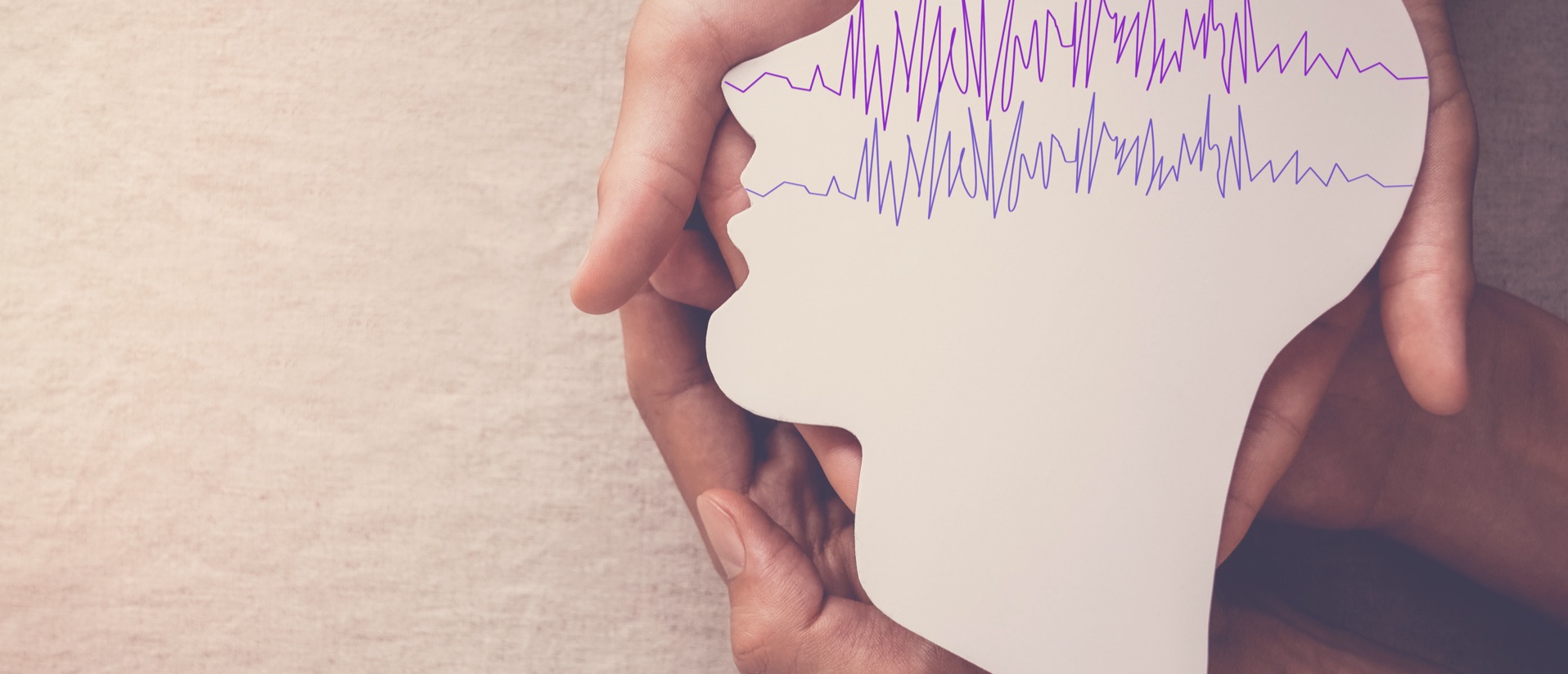What is Epilepsy?
Epilepsy affects around 50 million people globally and is typically characterised by recurrent seizures which may involve part (partial) or the whole (generalised) body.1
Seizures are typically caused by an excess of electrical activity within a particular part of the brain. Depending on the part of the brain affected, seizures can appear as something brief such as a lapse in attention, to more severe seizures characterised by muscle jerks and prolonged convulsions. Depending on the cause of seizures the frequency can vary from perhaps one or two a year to more than once a day.1 Click here if you would like to read more about epilepsy.
What are the signs of a seizure?
Depending on where the excessive electrical activity takes place, seizures may manifest themselves differently in each person. Common signs to look out for when someone has a seizure include1:
- Temporary loss of consciousness
- Changes in mood
- Disturbances of movement
Seizures can be caused by several different factors. In most cases the clinical cause can be identified whether it is genetic or environmental. However, despite this growing knowledge it is estimated that the cause of seizures in around half of patients is unknown.2
What to do if someone has a seizure?
If you know someone with epilepsy you may have to care for them during or after a seizure. It’s important to be aware that the goal of seizure first aid is to ensure the person is kept safe until the seizure subsides and stops on its own. At this point, you should stay with the person until they are fully awake.
Once they are fully alert and able to communicate it’s a good idea to tell them what happened in simple terms, being sure to keep them calm and maintain a calm environment.3
Stay with the person:
It is important not to go off looking for help, instead stay with the person and remain calm until they recover. If you can, time how long the seizure lasts as this information is very useful for their doctor. It will also mean you will be aware if the seizure lasts longer than five minutes, in this case you should call an ambulance.
Make sure they are safe:
Ensure that the person can’t injure themselves. Gently move the person away from potentially dangerous or sharp objects, if they are on the ground cushion their head with something soft. If they are wandering around gently guide them away from potential dangers such as the road.
Make sure they can breathe:
Loosen any tight clothing, such as ties, as this may make it difficult to breath. If the person is on the ground and unconscious, you should put them in the recovery position (place them on their side) to make breathing easier.
Making sure you follow these guidelines when somebody is having a seizure will ensure they avoid injury and remain calm. To make sure they are as safe as possible, there are also key things you should avoid doing when somebody is having seizure3:
What not to do when someone is having a seizure:
- Do not try and hold the person down or restrain them- this could potentially cause injuries
- Do not provide mouth to mouth resuscitation (CPR)
- Do not offer the person water or food until they are fully recovered.
- Do not put things in their mouth as people experiencing seizures cannot swallow their tongues
Although people with epilepsy do not always need to go to a hospital when they have a seizure, if the seizure persists it is important to call an ambulance if or when4:
- the person does not have a history of seizures
- the seizure lasts for a duration of more than five minutes
- they experience continuous seizures without regaining consciousness: this is known as status epilepticus
- they become injured during the seizure
- they have trouble breathing once the seizure has stopped
It can be scary to witness someone have a seizure, the key thing to remember is not to panic. The best thing you can do is to keep calm and do everything you can to keep them safe.
References
- World Health Organization. Epilepsy Fact Sheet. Accessed November 2021
- Beghi E. The Epidemiology of Epilepsy. Neuroepidemiology 2020; 54:185-191 https://doi.org/10.1159/000503831
- Centers for Disease Control and Prevention, Seizure First Aid. Accessed December 2021.
- What to do if someone has a seizure (fit). Accessed December 2021




